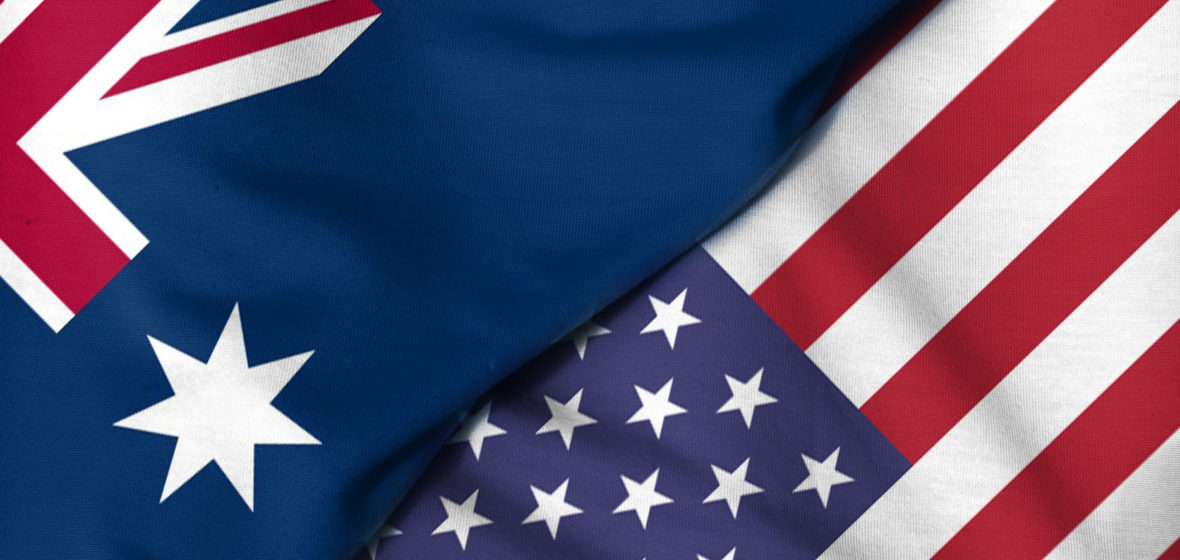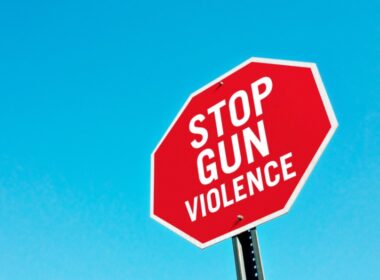In April 1996, 35 people were shot dead by gunman Martin Bryant in Tasmania. This event, referred to as the Port Arthur massacre, set in motion radical changes to Australia’s gun laws.
In the US, however, the right to gun ownership has persisted since 1791, and events such as the recent Uvalde mass shooting at an elementary school have had little effect on the law. “We have an opportunity in this country not to go down the American path,” said former Australian Prime Minister John Howard in 1996.
Within 12 days of the Port Arthur massacre, all six Australian states agreed to enact the National Firearm Agreement (NFA) establishing a national registry of firearm owners and a buyback program so that Australians could sell their guns to the government, and placing a complete ban on semi-automatic rifles and shotguns.
The NFA, which still applies today, requires Australians to wait 28 days before they purchase a gun, as this is the time required for extensive background checks. Applicants must obtain a licence and permit, be over 18 years old, provide documentation on where they will store the weapon and complete firearms safety training. Most notably, they need to provide a “justifiable reason” for owning the gun, which, unlike in the US, does not include self-protection.
In the past 25 years, approximately one-third of Australia’s firearms have been bought back by the government and destroyed, reducing the total number of gun-owning households by half.
Former US President Barack Obama is one of many international leaders who have praised Australia’s strict gun laws.
“When Australia had a mass killing … about 25 years ago, it was just so shocking the entire country said: ‘Well, we’re going to completely change our gun laws’. And they did, and [a mass killing] hasn’t happened since,” Obama said in 2015.
Comparatively, the US has had more than 300 mass shootings in 2022 alone. Roughly 90 people are killed by a firearm every day and the country has more registered gun outlets than McDonald’s and Starbucks stores combined. The US Bureau of Alcohol, Tobacco, Firearms and Explosives recorded more than 64,000 licensed gun dealers across the country in 2015.
One of the reasons Australia was able to enact uniform gun legislation so quickly is that this country has no equivalent to the Second Amendment in the US Constitution – “the right of the people to keep and bear Arms, shall not be infringed”.
Former US Supreme Court Justice John Paul Stevens explained the Second Amendment has not always been interpreted as an individual’s right to bear arms.
“For over 200 years after the adoption of the Second Amendment, it was uniformly understood as not placing any limit on either federal or state authority to enact gun control legislation,” wrote Stevens.
In 2008, the US Supreme Court ruled in District of Columbia v Heller that there is an individual right to bear arms for purposes such as self-defence within the home. Four judges, including Stevens, dissented.
“That decision – which I remain convinced was wrong and certainly was debatable – has provided the NRA with a propaganda weapon of immense power,” wrote Stevens.
Former US Supreme Court Chief Justice Warren Burger echoed Stevens’ sentiments.
“If I were writing the Bill of Rights now, there wouldn’t be any such thing as the Second Amendment,” said Burger.
In June 2022, in New York State Rifle & Pistol Association, Inc. v Bruen, the US Supreme Court extended the Second Amendment right to include carrying a weapon outside of the home. Justice Amy Coney Barret, who was in the majority, complained that the Second Amendment had been treated as “a second-class right”.
In response to the recent school shooting in Uvalde, US President Joe Biden reminded Americans that the Second Amendment is not an absolute right.
“There have always been limitations on what weapons you can own in America,” said Biden.
“And this is still a free country.”
Biden revealed that guns are the number one killer of children in the US. More than car accidents and more than cancer.
“This isn’t about taking away anyone’s rights,” Biden asserted.
“It’s about protecting children. It’s about protecting families. It’s about protecting whole communities. It’s about protecting our freedoms to go to school, to a grocery store, and to a church without being shot and killed.”
Repealing the Second Amendment would be extremely difficult. Either it would need to pass with a two-thirds majority in both the House of Representatives and the Senate, or two-thirds of the legislature would need to call for a Constitutional Convention. To date, only one Amendment has ever been repealed in the US, and that is prohibition.
Another hurdle to repealing the Second Amendment is the National Rifle Association (NRA), which has a membership of more than five million people and carries great political weight. Former adviser to President Bill Clinton, Eric Lui, said, “The NRA is very good at playing the inside game to stall political change”.
The US’s relationship with guns would also need to change. New York Times reporter Damien Cave, an American living in Sydney, commented in a recent opinion piece that the US passion for gun rights appears strange to outsiders.
“It’s a product of history, it’s a product of the way the country developed from revolution on to now,” said Cave. In contrast, Australia’s view has been that, when it comes to gun rights, history can be changed. For the better.




